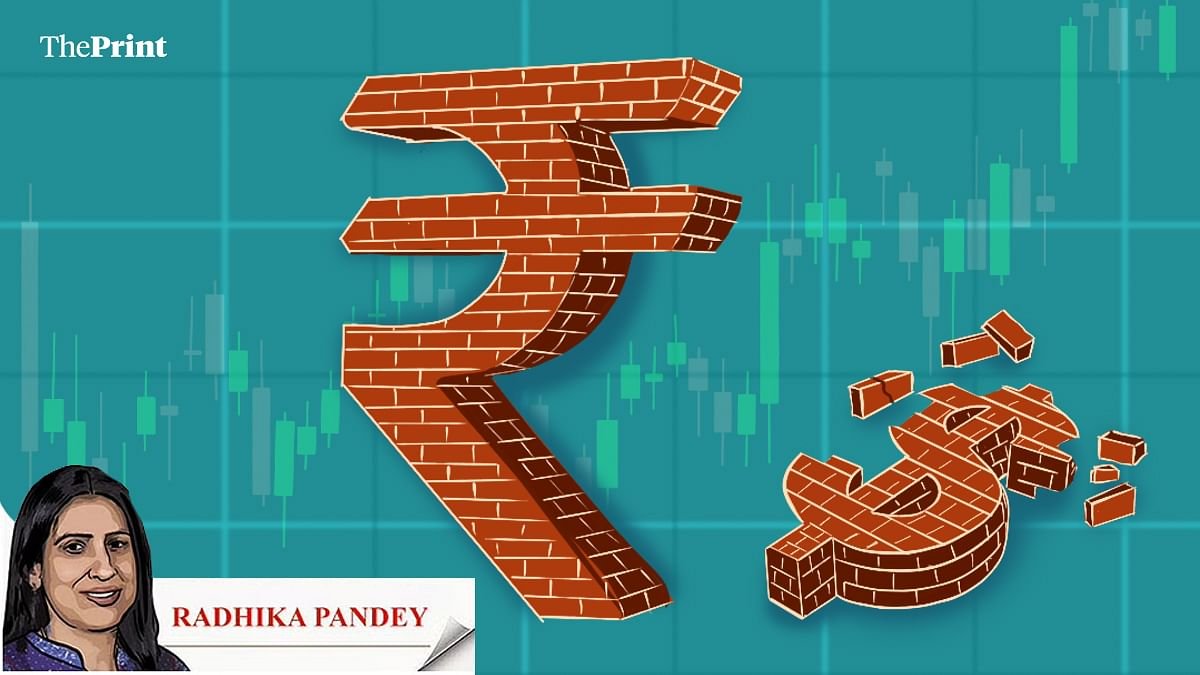The Indian rupee’s future trajectory is expected to be influenced by fluctuations in the US dollar and ongoing trade talks between the United States and India, according to a recent report from the Bank of Baroda. This report highlights the rupee’s stability through October and early November, attributed to a mix of Reserve Bank of India (RBI) interventions and robust dollar trends, despite sluggish foreign inflows and a heightened demand for the greenback from importers.
The report also points out that the RBI has actively intervened in the foreign exchange market to avert a sharp decline in the domestic currency, marking a shift from its previous stance allowing for more fluctuation in the currency’s movement. It suggests that this interventionist approach by the central bank is likely to continue in the near future.
Within the last month, the rupee has moved within a tight range of Rs 87.83 to Rs 88.70 per dollar, with volatility dropping significantly from over 4% in October to approximately 1.2% in November. Projections indicate that the rupee will maintain a range of Rs 88.5 to Rs 89.0 per dollar for the rest of November, though external factors, notably developments in the US, could alter this outlook.
On the global stage, the US dollar has seen strengthening, as reflected in a 0.6% rise in the dollar index (DXY) over the past month. This comes as market participants adjust expectations for further Federal Reserve rate cuts this year, particularly given limited economic data following the recent US government shutdown. Concurrently, the Japanese yen has weakened by 1.9%, and the British pound has dropped over 1% due to fiscal concerns and the anticipation of tax increases. The report from the Bank of Baroda further underscores that foreign portfolio investor (FPI) flows remain low amid uncertainty regarding potential US tariff modifications and their impact on India’s export sector.
The report concludes with an observation that positive strides in trade negotiations could bolster investor sentiment. It emphasizes that the rupee’s short-term direction will depend more on global monetary trends, fresh US economic data, and the evolution of trade talks rather than domestic factors. (ANI)
(With inputs from agencies.)






